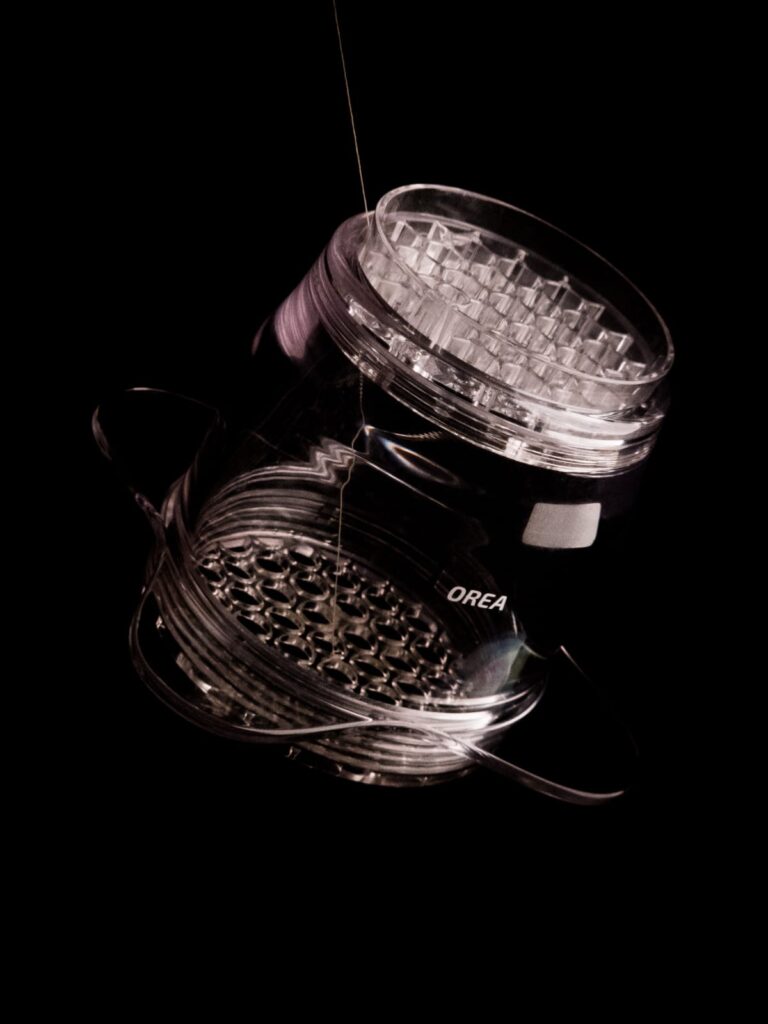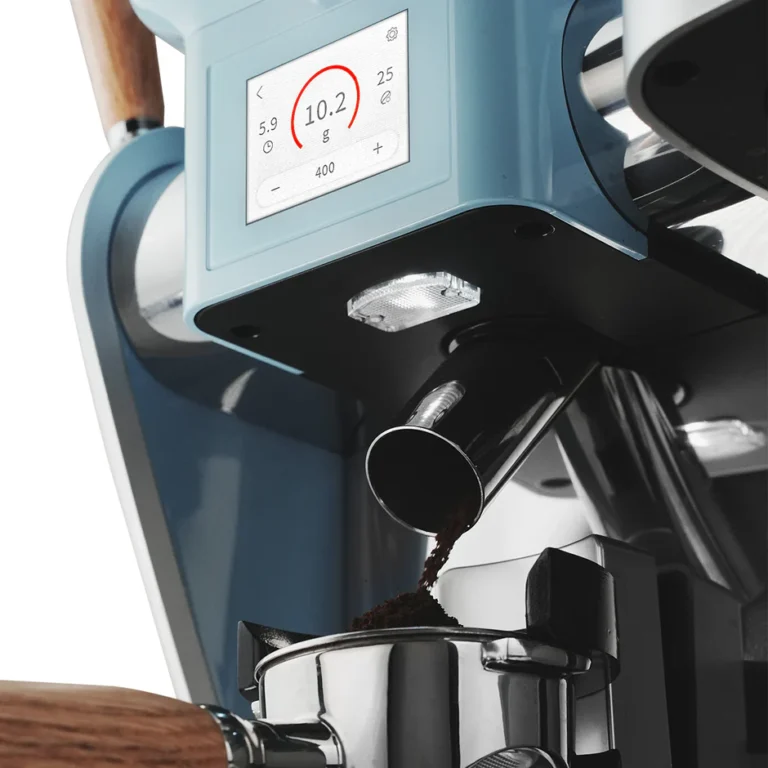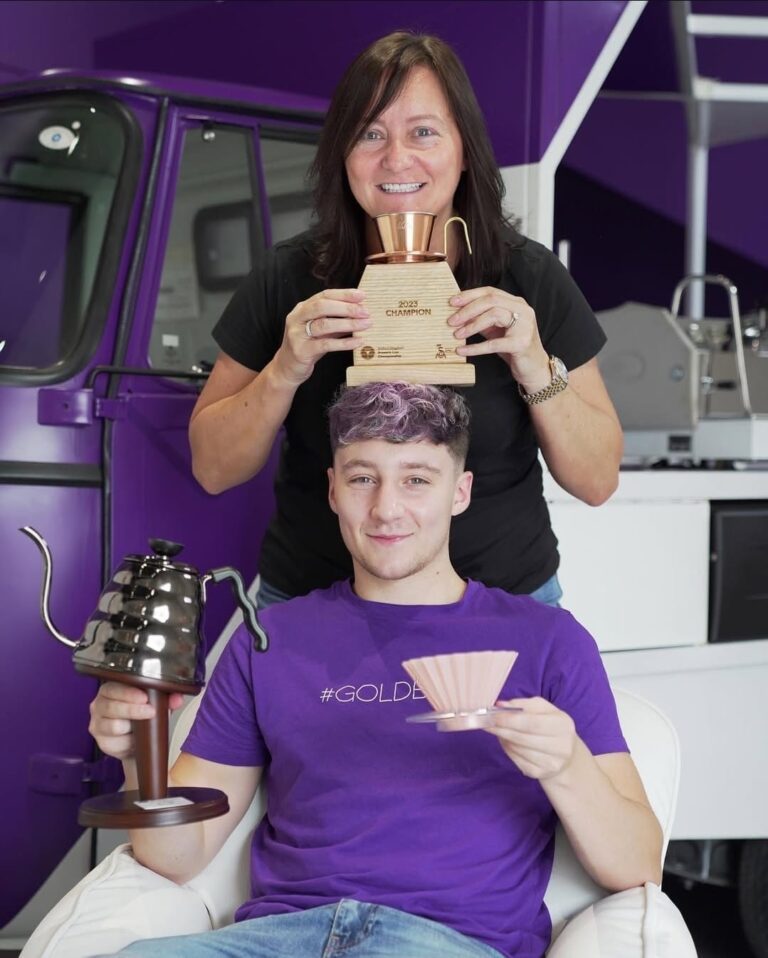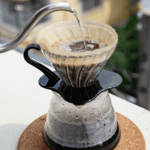Much like how new grape varieties reshape the wine world, coffee processing is entering a bold, new, experimental era. Producers are no longer satisfied with relying solely on traditional natural, washed, and honey processes. Producers are now pushing experimental coffee processing through fermentation, co-fermentation, infusions, and hybrid techniques even further to unlock new flavour profiles. In response to a competitive market, producers adapt to ever-changing consumer tastes by pushing the boundaries of processing. In this post, I aim to explore how experimental processing is already reshaping the way we consume coffee, how producers are adapting, and what opportunities and challenges lie ahead. So, let’s get started.
Why Processing Matters
One of the key lessons from my previous coffee processing posts, which you can find here, is that post-harvest treatment can dramatically shape a coffee’s final character and the flavour you taste in the cup. In fact, research shows that processing decisions account for a significant share of what we perceive as taste in the cup.
In the traditional processing of speciality coffee, washed coffees have more clarity and brighter acidities, whilst naturally processed coffees push more fruity, sweet and boozy profiles, and honey processes offer a sweet, buttery, middle ground flavour depending on how much mucilage is left on the bean. But in today’s ever-changing world, consumers want ‘funk, fruit bomb complexity’ and coffee producers are responding.
From experiment to trend: Here are some of the new techniques we see popping up everywhere
- Controlled fermentations
Instead of passively letting microbes go to work, many coffee producers are engineering the fermentation steps. They monitor and adjust pH levels, temperature, dissolved oxygen, microbial population and even sometimes lactic acid, pH clarity, and honey fermentations, where each is sculpted towards a specific target flavour profile.
This is a vigorously controlled fermentation process and is already catching the attention of high-end roasters and competitive baristas who desire stand-out coffee lots.
- Co-fermentation
In co-fermented lots, producers introduce additional substrates to the fermentation tank (fruit pulp, fruit juices, cacao pulp, etc.) during the fermentation stage to steer the microbial action. The substrate interacts with the coffee microbes to yield new and interesting flavour compounds.
This technique allows origin characteristics to be layered with flavour complexity or even notes that may have been impossible to get from the cherry alone.
- Infusions
Some producers add concentrated fruit juices, essential oils, or extracts during or after the fermentation stage to ‘infuse’ aromatics or flavourful compounds. Because this step is more like post-harvest seasoning, it is sometimes seen as controversial, and some industry professionals state that it can mask terroir, introducing a compromise to a coffee’s authenticity.
But when treated carefully – harmoniously with intention, infusions can accentuate varietal notes, or as some say, introduce subtle surprises.
- Hybrid processes
Producers are also stepping away from only processing coffee lots in the traditional ways and are starting to mix certain methods. i.e. you may see a lot processed using an anaerobic fermentation followed by light sun drying under controlled humidity.
These hybrid processes allow coffee producers to harvest strengths from multiple approaches – the clarity from washing, fermentation complexity, and nuanced aromatics, whilst trying to avoid the weaknesses of each.
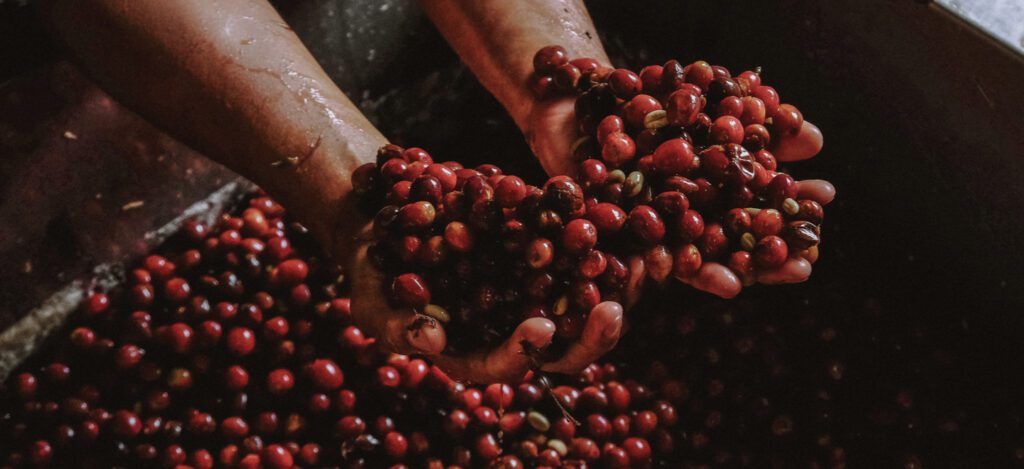
What does this mean for consumers and roasters?
A richer palate of flavour experiences
For speciality coffee roasters and coffee enthusiasts alike, experimental processing means there is more to explore than your standard natural, washed and honey processes. Flavour notes that might be floral, tropical, herbaceous, or even delicately savoury – they bring more options and horizons into breaking into a new wave of flavour, which, as a coffee professional myself, I’m willing to expand and explore.
One consequence of this is that consumers must learn new vocabulary and recalibrate expectations from their usual cups of coffee. Coffees under experimental processing may no longer fall into “fruit forward, bright, heavy” categories but instead transcend into multiple versions of acidity, mouthfeel and surprising bursts of nuanced flavour. But the job of a roaster, too, is to help the consumer understand what they’re tasting by simplifying the vocabulary used to describe a coffee and not overcomplicating it just for the sake of it.
Shift in sourcing relationships and story focuses
Traditionally, coffee roasters source natural, washed, and honey lots. However, as producers start expanding the boundaries of experimental lots, roasters are now more likely to consider the processing as part of the coffee’s story and highlight the producer’s vision of the processing just as much as the harvesting. The narrative of “why this coffee tastes different” then plays a significant role in marketing a new lot.
Flexibility in Value Creation
Experimental processing gives producers the tools to add value beyond a coffee’s yield, variety or farm practices. A modest yield smallholding can differentiate itself via the processing. Overripe cherries, which are often discarded, can be salvaged through fermentation to higher-value lots.
This opens new revenue streams, especially for coffee producers who may not compete on scale but can compete with exclusivity and uniqueness.
Challenges, Risks & What will determine long-term sustainability
While the future of experimental coffee processing holds great promise, it also presents some challenges. Here are a few of the key obstacles to consider:
Cost, infrastructure & technical investments
To consistently and reliably operate controlled fermentations, producers may need airtight hermetic tanks, cooling and heating systems, pH meters and other scientific tools and machinery to process these types of coffees to create the profiles desired, and these are expensive.
Knowledge and Training
Experimental coffee processing requires knowledge, microbiology, sensory calibration and fermentation science. Not every producer has access to such training or consultancy.
As mentioned in the perfect daily grind, transparent communication of the successes and failures is critical. Some producers have started to release error libraries and share specific experimental processes, and share the mistakes made, so that the broader industry can learn and develop processing methods.
Market size, risk and consumer tolerance
Experimental lots often command a premium, but now, this market is niche; not every roaster or consumer is seeking out a “hyper-funk” coffee, and over-aggressive fermentation methods may alienate more traditional palates.
Due to flavour boundaries being pushed as far as they can, there is a danger of it becoming a gimmick rather than genuine coffee quality. Producers must balance the creativity with drinkability whilst keeping the beauty of the origins’ natural terroir and characteristics.
Authenticity and Terroir
Many experimental process advocates argue for prioritising indigenous microbial populations to preserve identity.
The tension between using native microbes and inoculants or exotic strains is clear within the industry. Whilst inoculation offers consistency, it risks diluting the microbes’ signature to origin, which is how an origin’s terroir expresses itself.
To Finish
Experimental coffee processing is clearly rewriting the rules of flavour, quality and value in the speciality coffee industry. Producers are shifting from one of the standard three processes to chemical and microbial orchestration. Creating entirely new flavour profiles, giving new opportunities to tell stories and, of course, to shake up the market by offering consumers something ‘different’, but it’s not an easy road, cost, knowledge, risk and scale as well as authenticity, remain real-time constraints on experimental coffee processing.
Going forward, the most compelling experimental coffee processing methods will be those that amplify terroir rather than overwhelm it, those built with consistency and transparency and those shared across the industry. For coffee drinkers and roasters alike, the expansion of the processing means the most interesting cup may still be one we haven’t tasted – yet.
A couple of producers who are levelling up the experimental coffee processing world are Colombia’s very own Lasso brothers, Nestor and Adrian from Finca El Diviso. As well as Wilton Benitez from Granja El Paraiso-92. Here are some of these amazing producers’ coffees I’ve tried recently, using experimental coffee processing:
Wilton Benitez Black and White Coffee
I’ve thoroughly enjoyed writing today’s article. I really hope you’ve enjoyed it. Until next time. I’ll catch you on the next one.


